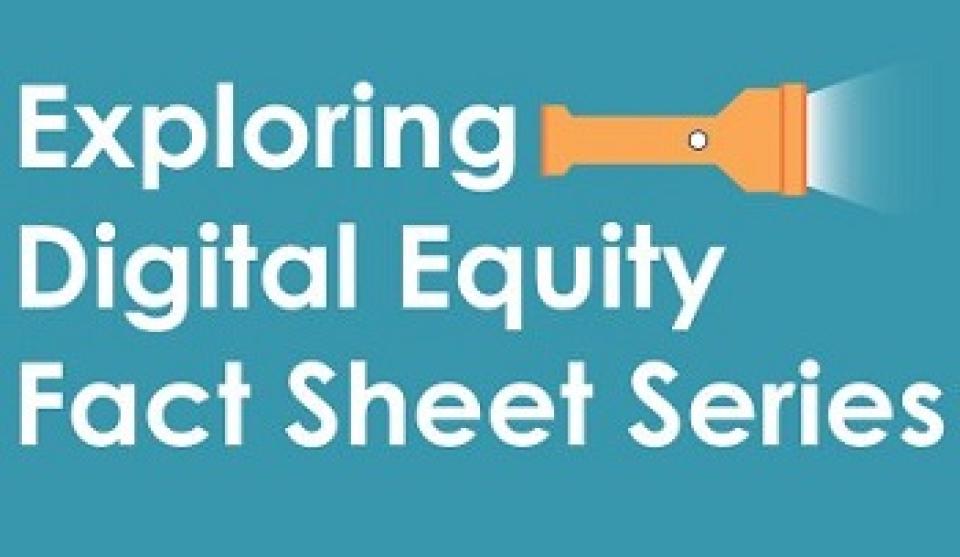The Fate of the Affordable Connectivity Program
On Monday last week, the White House made much ado of an announcement that it had secured commitments from a collection of large Internet Service Providers (ISPs) to adjust speed tiers and monthly costs for their existing plans so as to be able to offer a $30/month, minimum 100 megabit per second (Mbps) download offering for low-income households across the country. The goal was to create plans for households that qualify for the $14.2 billion Affordable Connectivity Program (ACP) to get access to faster connections while ensuring no additional out-of-pocket costs. The recent White House announcement said that the 20 private-sector providers that have joined together cover 80 percent of households (skewed towards urban areas).
There’s no argument that the move will directly benefit hundreds of thousands of households by boosting their wireline connections and reducing their monthly expenses. And yet, it’s a treatment of the symptom rather than the disease, as the administration continues to refuse to address the larger structural dynamics that have made Internet access increasingly expensive in this country and perpetuated a broken marketplace via poor regulation and a lack of strong leadership.
This will become immediately apparent the moment that the Affordable Connectivity Program runs out of money, and those households suddenly face higher costs with no option for recourse. Our analysis shows that even if only a third of eligible households ultimately enroll (ten percent more households than are enrolled today), absent an additional allocation, the fund will be exhausted by the beginning of November 2024. But even under the best-case scenario, with the benefit reaching as many people as possible, current enrollment rates show that only 68 percent of eligible households will be able to sign up before the funds run out. In this model, the money will be exhausted just 18 months from now, on January 1st, 2024.
A Necessary Benefit, But There Are Enrollment Disparities




